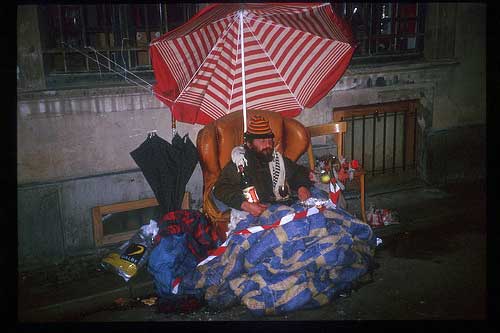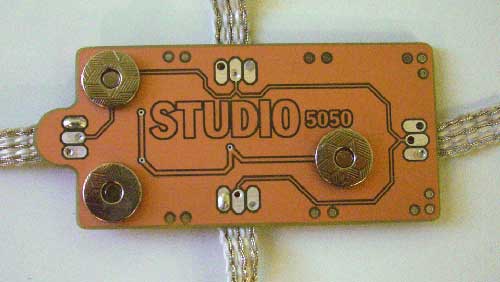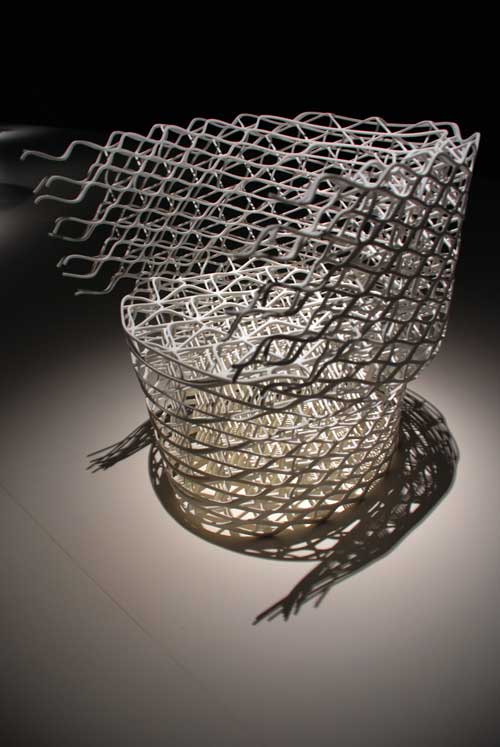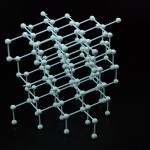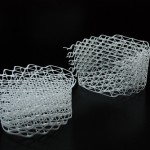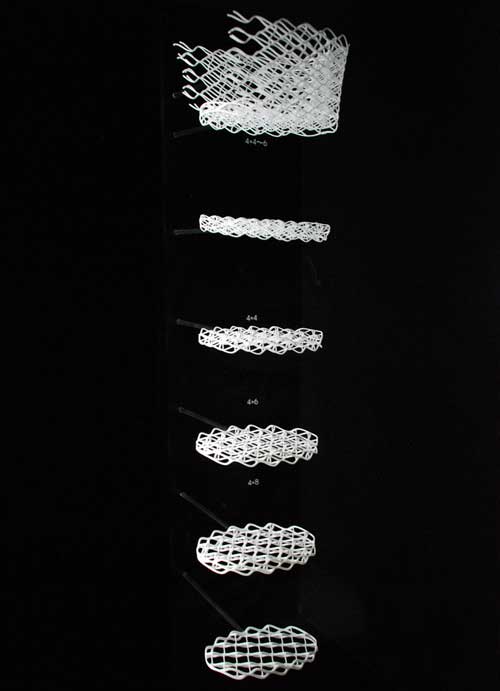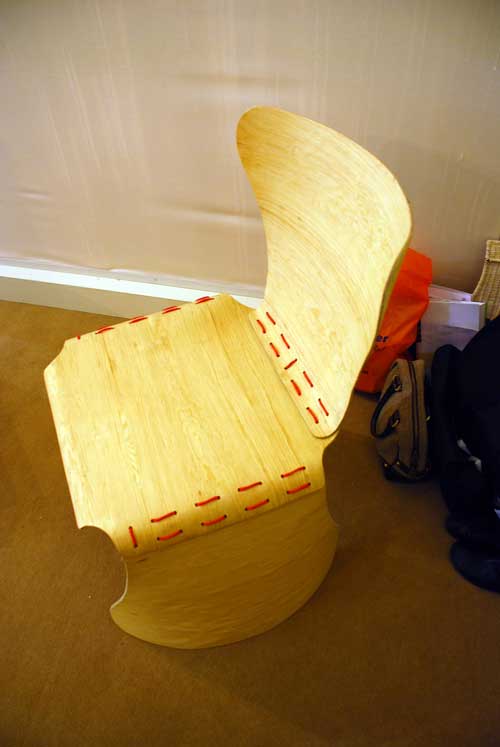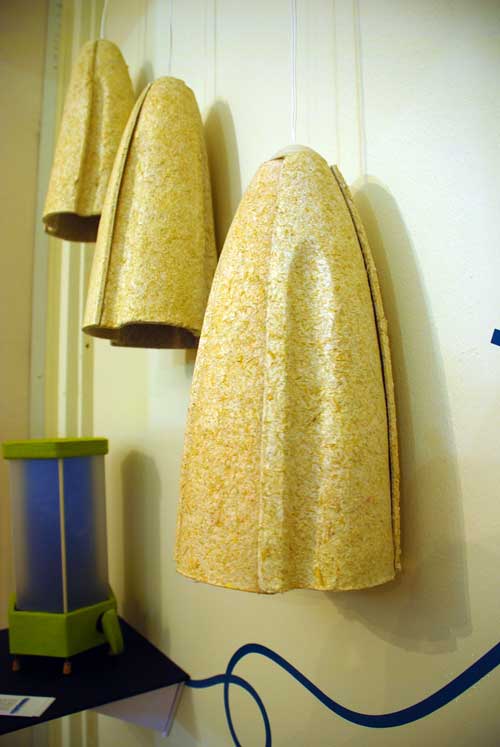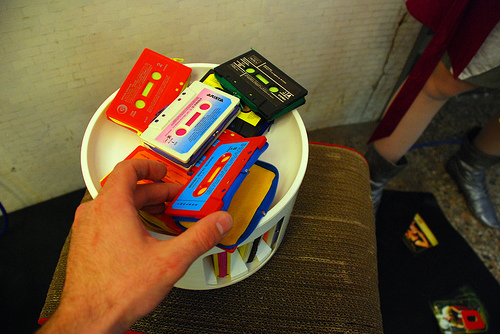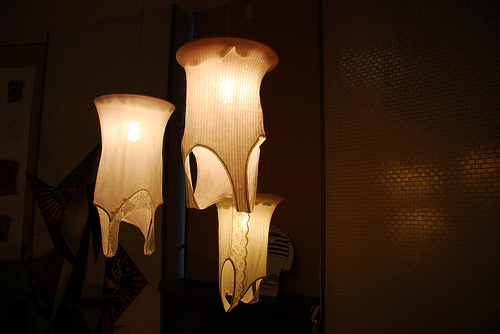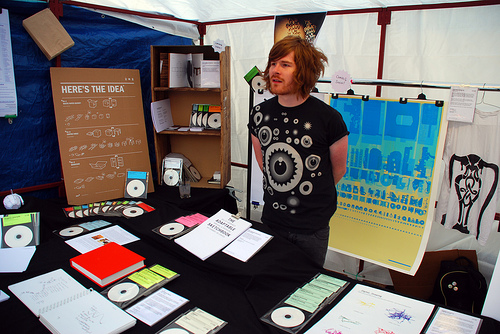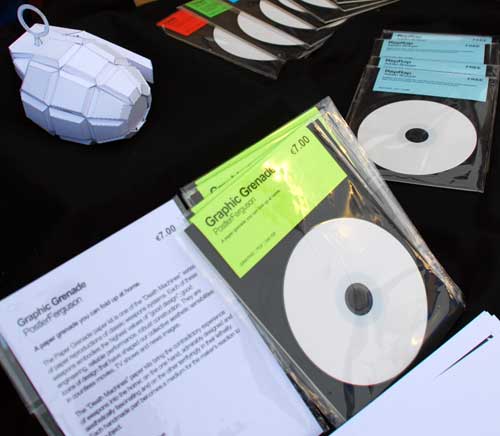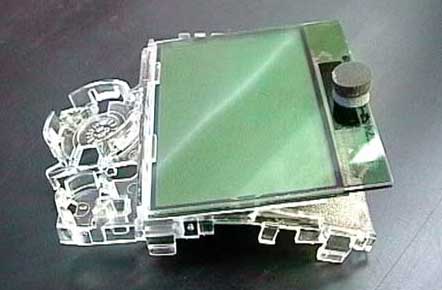
The hundreds of millions of electronics thrown out each year are depleting precious resources and creating vast deposits of toxic materials, most of which are difficult or impossible to isolate almost by design. Active Disassembly is a promising technique for recycling electronics that relies on shape-memory connectors inside devices to pop apart under heat, separating valuable components without any manual labor required. Screws have been prototyped that lose their threads, as well as screen housings for laptops that pop apart to separate glass from LCD substrate. A typical cell phone can be broken down in seconds without any need to handle the toxic components (see a video demonstration of this technique here). This technique is already promising at the scale of snaps, enclosures and parts assemblies. Now if only it could be employed at the microscopic level, so that the myriad materials within circuits and could be recovered and re-used instead of being locked away forever in their fiberglass and epoxy coffins.
